Mining tour to be permanently sealed as new directions for the museum are considered
The Black Bear adit at the Rossland Museum—the museum’s main attraction for more than three decades until a mishap in 2009 resulted in its temporary closure—will now be permanently closed.
The mining adit tour was well-known internationally and drew big crowds until Halloween, 2009, when three visiting students were accidentally locked in the mine after the annual RSS Fright Night. The students were released unharmed some hours later after they were discovered to be missing and their whereabouts were deduced. Teck, which owns the adit, chose to immediately shut down the tour to review safety issues.
Following more than two years of discussions between Teck, the City of Rossland, and the Rossland Historical Museum and Archives Association to see if safety concerns could be resolved, all hope of re-opening the mining tour was sealed off on Jan. 18 with the announcement of an “engineered closure” that “will retain the historic aesthetic nature and attractiveness of the entrance portal.”
“It was not an easy decision to make, nor was it made lightly,” said Carol Vanelli Worosz of Teck. “We didn’t want to give up on the process, and we wanted to give the city and the museum time to work through it.”
“Teck shares Rossland’s pride in our local mining heritage,” she said. “Although we’re not reopening the adit, we look forward to maintaining our long term relationship and moving forward with a new attraction.”
Ultimately, the decision to close the adit was made due to a combination of long term safety issues beyond protocols to simply avoid future lock-ins.
“Prior to the incident, in 2007, Teck retained a geotechnical engineer and an underground mining engineer to assess the condition the rock, timbers and protective barriers along the tour route,” Worosz said. The engineers identified a number of hazards that required mitigation work to be done between 2008 and 2010.
“Teck completed the shorter term priority work in 2008, at a cost of $165,000,” Worosz said, work that included wiring, lighting, new timbers, fences, and screens. “The final work at the entrance was to be completed by city before the spring of 2010.”
But then the students were locked in and the mine was shut. In the summer of 2011, some timbers at the entrance collapsed and were discovered as part of a planned inspection. “The timber failure prevented entry into the adit altogether,” Worosz explained, “and it was deemed unsafe to enter.”
“Due to the age of the adit, over the long term other significant repairs would still have been required from time to time,” Worosz added. “It was deemed that putting funds into a sustainable attraction, where safety can be better managed, was the best option.”
Now Teck, the museum, and the city envision a new attraction that will offer “tourists a unique gateway to the Lower Columbia and West Kootenay region and provide local residents a resource to celebrate the area’s culture, past and present,” the press release said. Teck has agreed to finance a feasibility study to develop a conceptual plan for the new interactive attraction.
The facility would be built on the museum grounds and managed by the museum association with support from the city, and the overall project would also include
improvements to the main museum building and enhancements to the visitor centre.
The mining adit had been the museum’s main attraction. In an interview with the Rossland Telegraph last fall, museum president Libby Martin noted a serious decrease in visitation since its closure: “The lack of the mine tour has seriously affected the museum operations and our finances have been affected as a result,” she said.
Reflecting on the permanent closure earlier today, Martin was both understanding and optimistic: “Both the city and Teck realize that the adit was an important tourist attraction and local attraction. They tried hard to come up with an answer. Teck has spent a lot of time dealing with this, but in the long run they thought they could not deal with the liability issues.”
“Although it is disappointing from our point of view,” she continued, “first of all a decision has been made, and that’s a relief. It’s been hanging over us for two years. Secondly, now we can look forward. We’re going to look at a different kind of attraction, one that will showcase the historical aspect of the Leroi, Black Bear and other mines on Red Mountain. We’re going to get at it right away and see what we can come up with.”
Martin noted that the issues were bigger than Halloween accident of 2009. “As far as we were concerned, we thought we were operating a safe tour. However, since its closure, we’re now sure that it was inevitable. The incident that caused it only triggered what would have happened in the long run anyway.”
Martin hopes the closure will still give tourists the opportunity to peer into the adit from the outside, perhaps through a window in the door, and Worosz allowed that this may be possible.
Now all eyes are focused on the next step: to get moving with upgrades and additions to the existing museum.
“I’m really excited about the prospects about what we could possibly do, to find something to replace the historic mine tour” Martin said. “We really want to give the whole museum building a face lift, so it stands out, so you can see it. Right now you don’t.”
Plans might include, for example, adding a second storey to the existing museum, and might involve funding from a variety of organizations, but Martin said, “it’s early days.”
Regarding resources Teck might be able to put towards the project beyond the feasibility study, Worosz said, “it’s too soon to say.”
Teck support to the museum has been very generous, with more than $130,000 invested by the company into the museum—besides the adit—in the last decade. The money has been spent on an upgrade to the museum’s Teck wing, including an annual service fee, in addition to support projects, brochures, and open houses. In 2010, Teck put $4000 towards the miners’ memorial display.
“We’ve had a very long term relationship with the Rossland museum to this point, more than 30 years,” she said. “We understand the importance the museum has played in summer tourism and the culture of rossland. The museum is tied to Rossland’s history, and to our history as well,”
She recalled the Consolidated Mining and Smelting Company of Canada (CM&S) in 1906, which had owned many of the mines on Red Mountain. CM&S became Cominco in 1966 and merged with Teck in 2011. “We have a strong understanding of that,” Worosz said.
ITALICS: The Rossland Museum will be open this weekend as part of the Winter Carnival celebrations—both Saturday, Jan. 28, and Sunday, Jan. 29, from 12 p.m. to 5 p.m.—with a new emphasis on their “Ski Wing” which celebrates the history of skiing in Rossland. For more information, visit www.rosslandmuseum.ca.


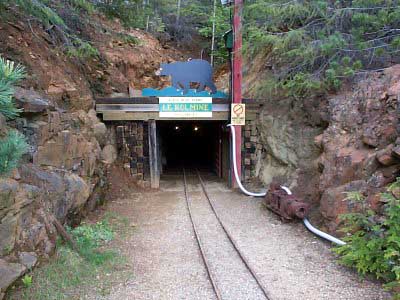


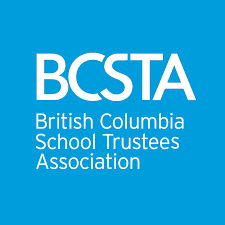




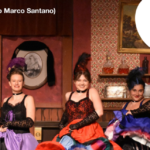






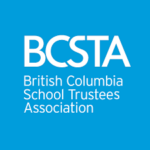
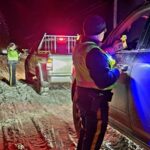
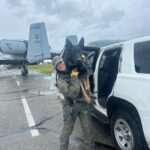




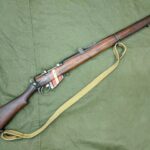

Comments